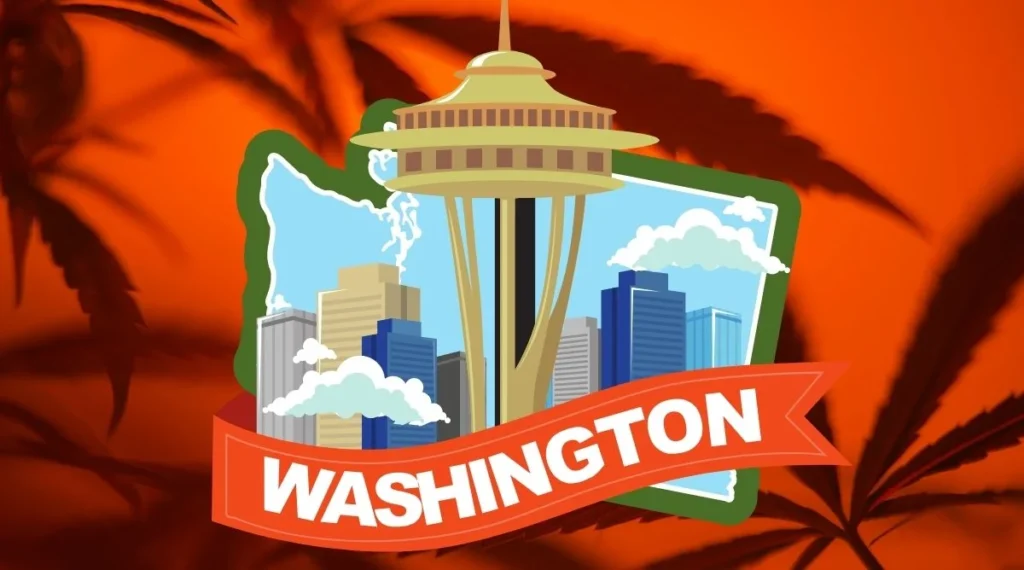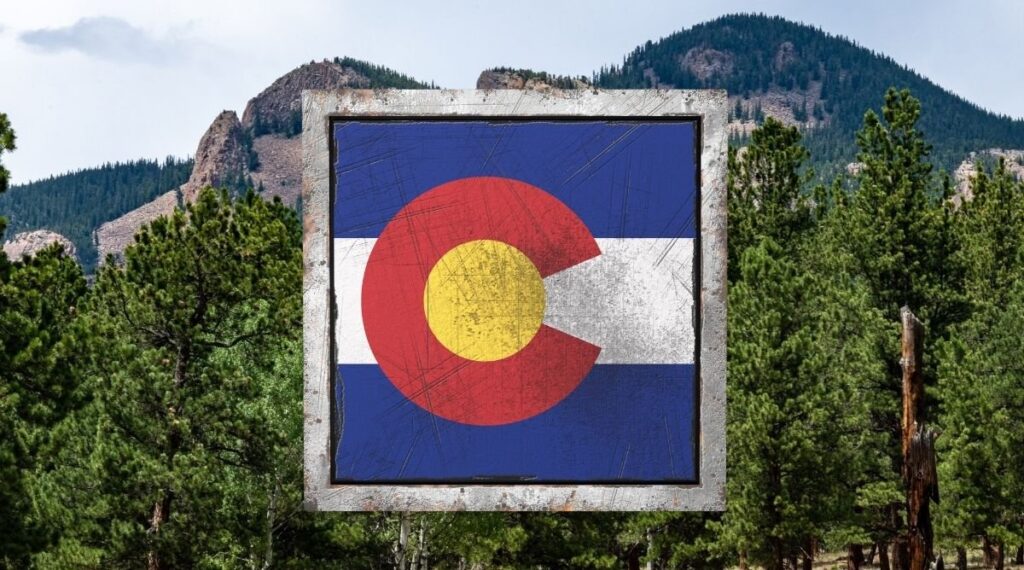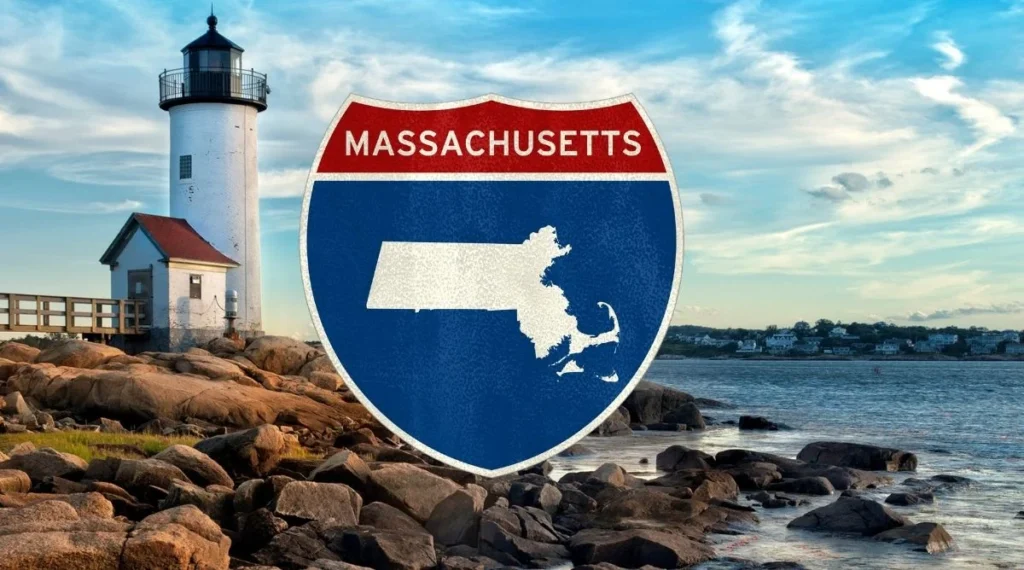
As new medical marijuana programs launched in 2020, the pandemic impacted state budgets. The first global pandemic since 1918 became a steep learning curve for states. Especially those that had newly formed medical cannabis laws and program administrators. There were many lessons learned. Not the least of which was to never underestimate the demand for cannabis during a pandemic. Because it went through the roof. And it was a cannabis tax to the rescue for many states.
Medical marijuana turned out to be one of the most pandemic-proof products in America. No surprise there! There was increased stress, more remote work, isolation, itchy masks you always forgot in the car. Then there was unemployment and other related obstacles, including a health threat that felt more like a post-apocalyptic movie. And the tragic loss of hundreds of thousands of American lives.
Because of Covid-19, both adult-use and medical cannabis are sold. In high volumes. Very high. We’re talking billions of dollars of bud in thirty days, in some jurisdictions. Medical cannabis is usually taxed lower than adult use. It’s one of the fantastic incentives to get and renew a medical card. It saves you on taxes.
But states with fully legalized cannabis see tax revenue from every purchase in dispensaries. And if sales in many states topped hundreds of millions to billions of dollars, that is a lot of tax revenue funneled to state programs.
Have you ever wondered where the money from medical marijuana or recreational sales goes? What social programs benefit from the revenues of cannabis tax money? It depends on the state. But seeing how some states have allocated those funds will make you feel like it goes to causes you can feel good about.
Some states had to spend millions to launch their medical cannabis program. There is a cost to getting everything organized and hiring new people. When a state legalizes medical marijuana, they are launching a whole new administrative division.
For patient registration and services to commercial licensing and inspection. And that’s just a small sample of the things that have to be paid for to get a statewide MMJ program going. So, the tax revenues go to compensate for that investment in year two. And then proceed to generate a positive stream of new tax revenue for the state.
States that have also legalized adult-use cannabis see a substantial increase in tax revenues. Ka-ching! The taxes start rolling in on cultivator, processor, and manufacturing licenses. And on every medical cannabis product sold in the state. Ka-ching! Even trim and shake doesn’t escape the taxman. In case you were wondering, cultivators pay a tax per pound of production.
No wonder many states legalize adult use shortly after implementing a successful medical cannabis program. In many cases, states have been able to reduce (and even remove) taxes on medical cannabis for patients. Because the adult-use tax revenues were used to fund both programs (medical and recreational).
In New Jersey, in 2022, patients will not be required to pay tax on their cannabis purchases. Because recreational taxes are funding both. States can easily add the administration for an adult-use program after launching legalized medical marijuana. The infrastructure is already there to manage both programs.
You can probably guess which states would make the top ten list. In fact, try right now. If you immediately thought of California, that one was too easy. But when you consider that the state collected just north of half a billion in tax dollars, that’s impressive.
Colorado and the state of Washington were not far behind California. Washington collected $427m in cannabis tax revenues, and Colorado had $307m deposited in state coffers.
According to TaxFoundation.org, these states were the top nine (9) with the highest volume of cannabis tax revenues per capita. We also did a little research to determine where the tax dollars raised were being allocated. Or what state programs were benefiting from the tax money.

The fact that Washington places first for per capita weed tax earnings may surprise you, especially when you see some of the recent data on the cost of cannabis in Washington. Because the state also has the highest excise tax rate among the top nine states.
Purchasing cannabis at a recreational dispensary in Washington means paying a 37% combined excise and retail price. On every purchase. So, 100% of the tax revenues being generated are from adult-use sales. Patients in Washington do not pay any tax on their medical marijuana. It is treated like a prescription.
Washington State is beefing up the administrative savings account or general operating fund with proceeds. Lawmakers in Washington decided to allocate the recreational tax revenues to a list of programs in 2020.
Cannabis excise tax funds went to the following state departments:
An additional $500,000 was funded to conduct clinical research about both the short-term and long-term effects of cannabis use. Many states allocate funds for research for public health planning and policymaking.

In Colorado, consumers pay the same excise tax as wholesalers (cultivators, processors, and manufacturers) do. And that is 15% tax by weight. An eighth or a tractor-trailer full of bud would be taxed the same.
You know your state is on the right track when it is mentioned in Forbes. That’s right! Colorado landed an article on Forbes written by Robert Hoban. It was called “The Success of Colorado’s Marijuana Tax Dollars.” Intrigued? We were too.
According to Hoban’s research, Colorado hit the ‘$10 billion in bud’ sales threshold in 2020. Over the past six years, the state of Colorado has collected over $6 billion in tax revenues. The tax revenues were projected when Colorado lawmakers decided to legalize recreational cannabis in 2012. They were ahead of the curve, with other states just now catching up.
Amendment 64 outlined a tax structure that would ease the burden on consumers. And recreational users and tax producers more heavily. Seems fair, right? So, consumers of medical cannabis pay a 2.9% sales tax. But cultivators and processors would pay a 15% excise tax by weight, plus a 2.9% retail sales tax on cannabis. Growers are charged when cannabis transfers from farm to dispensary.
Lawmakers conflict in Colorado sometimes because the choice of where cannabis tax funds go changes annually. That means different programs must apply and prove eligibility in order to be considered. This allows the House of Representatives and Senate in Colorado to grant funds where most needed.

According to an article in Marijuana Moment, Nevada announced that it had sold more than $1 billion in cannabis in a twelve-month period. That is a lot of medical and recreational weed in a year. During a pandemic, nonetheless.
From June 1, 2020, to June 30, 2021, Nevada dispensaries sold $1,003,467,655 in cannabis that was taxable. The previous year, Nevada only saw $685 million in taxable cannabis sales. That was a big jump record by the Nevada Cannabis Compliance Board (CCB) and the NV Department of Taxation.
Every dime of tax revenue earned through cannabis sales goes into a Nevada “Rainy Day Fund.” We checked. Lawmakers and state leaders call it that.

We were a little surprised to see the per capita tax revenues from cannabis in Alaska almost match Nevada. Consider the two states and the level of tourism and other factors that could influence the amount of cannabis sold. The most important being that Alaska legalized recreational use in 2014.
But when it comes to splitting marijuana excise tax revenues, Alaska took a straightforward approach. The general fund for the state receives 25%. The Department of Public Safety, Health and Social Services, and the Department of Corrections get 50% of the tax money. And finally, Alaska uses 25% of cannabis tax revenues to provide a Marijuana Education Fund.
The Alaska Department of Revenue makes cultivators pay $50 per ounce on all flower. Commercial companies also have to pay $25 per ounce on any ‘failed marijuana,’ which means plants tossed or seeded bud. Trim is taxed at a rate of $15 per ounce
Oregon has an expensive weed problem. But it is not the state with the highest rate of taxation on cannabis products. Washington and California won that award. However, in Oregon, the excise tax for adult-use cannabis is 17% plus an additional 3% local tax that can be charged by the jurisdiction of sale.
Sales of cannabis went up from $795 million in 2019 to over $1 billion in 2020. The total sales value of medical cannabis and adult-use purchases last year was $1,110 520 723.

How does California spend the cannabis tax revenues? By putting it to work with programs in the state that benefit all residents, including drug education and public safety projects. Cannabis tax revenues are first used to cover all the expenses of running the medical and adult-use programs. This also includes public health research about cannabis use.
While you can find a dispensary pretty much everywhere you look in California, steering minors away from it is a priority. A whopping 60% of net funds are allocated to drug programs for children. Part of that program currently educates both kids and parents about the potential cognitive impact of cannabis use before the age of twenty-one, outside the formative window of brain development.
Environmental programs in California get 20%. Part of these funds is also used to lower the carbon and water impact of cannabis cultivation sites. And another 20% of the tax revenues are provided to public safety projects and programs in the state.
California just trailed Oregon with total taxable sales of $1,031,879,926 in 2020. State officials estimated they collected just over $817 million in cannabis taxes last year—a welcome injection of funds put to work in communities across the state.

In 2020, Massachusetts celebrated the third year of legalized cannabis. Sales from recreational cannabis earned the state just over $80 million in tax revenues. And when it comes to taxing cannabis, Massachusetts is average but not excessive compared to other nearby states.
A 10.75% excise tax is charged on retail purchases on top of the 6.25% sales tax the state already charges at the counter. And then, communities also have the right to charge an additional 3% tax on retail purchases. Collecting that revenue from any licensed dispensary in the municipal region.
The distribution of tax funds in Massachusetts is simplified. It all goes into the state fund, and then Representatives and Senators get to decide what to do with it. That allows the state to remain flexible about the programs and initiatives it funds from the new cannabis tax revenues.
There are no taxes charged to wholesalers, cultivators, or cardholding medical patients in the Massachusetts MMJ program.

The Illinois Department of Revenue Fiscal Year 2020 report paints a picture of a state that is successfully running medical and adult-use programs. Recreational weed sales earned amounted to $52,783,470.89 in Illinois in 2020.
State officials in Illinois allocate 35% of all cannabis tax revenues to the general fund. Another 25% is given to the Illinois Recover, Reinvest, and Renew Program. Substance abuse programs in the state receive 20% funding.
Municipalities and local governments in Illinois receive 8% of the proceeds of cannabis tax revenues. And another 2% of the funds are provided for the Illinois educational system.

Adult use was legalized in Michigan in 2018. But the first sales of recreational cannabis didn’t happen until dispensaries were launched in December 2019. In Michigan, non-medical cardholders pay a 10% excise tax and a 6% sales tax on cannabis purchases. Patients only pay the 6% sales tax at the medical dispensary.
Provided in the recreational use legislation is a $20 million funding to research medical cannabis. The rest of the tax revenues are split between the Michigan School Aid and Transportation funds and shared with municipalities across the state.
In all legalized states, there are different tax structures designed to utilize revenues from cannabis sales wisely. And to benefit all residents of the state. Many states prefer the general state fund method so that leaders can have the freedom to designate funds where they are most needed. And to pivot when the state has a fiscal need to change.
Among the decisions being made by voters in 2022, there will be strong pressure and a ballot presence for states that have not legalized medical cannabis yet. And many states may resort to a ballot measure to enact adult use.
As the global pandemic continues, states are under increasing pressure to generate revenue to cover emergency and healthcare costs. Legalizing cannabis may be the lifeline some states need to increase the tax cash flow and avoid borrowing to cover budgetary shortfalls.
Like Texas’ $4.6-billion-dollar deficit that the state reported in January 2021. With the federal government reaching the national debt ceiling, states will have to be resourceful. And find new solutions. And cannabis taxes have become an important asset to states experiencing financial problems.
No Information on MarijuanaDoctors.Com should be used to diagnose, treat, prevent or cure any disease or condition. You can view our Full Disclaimer here.